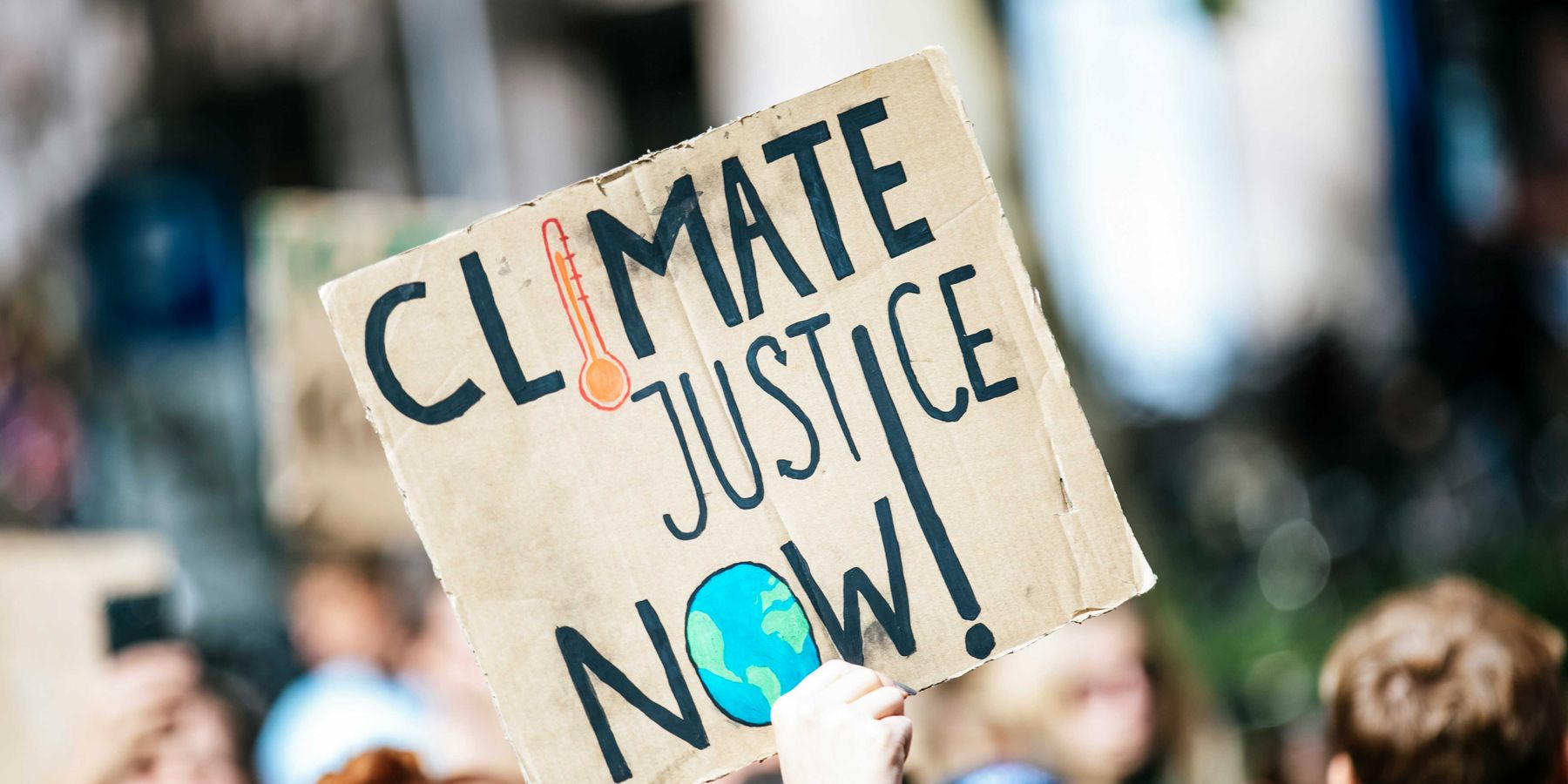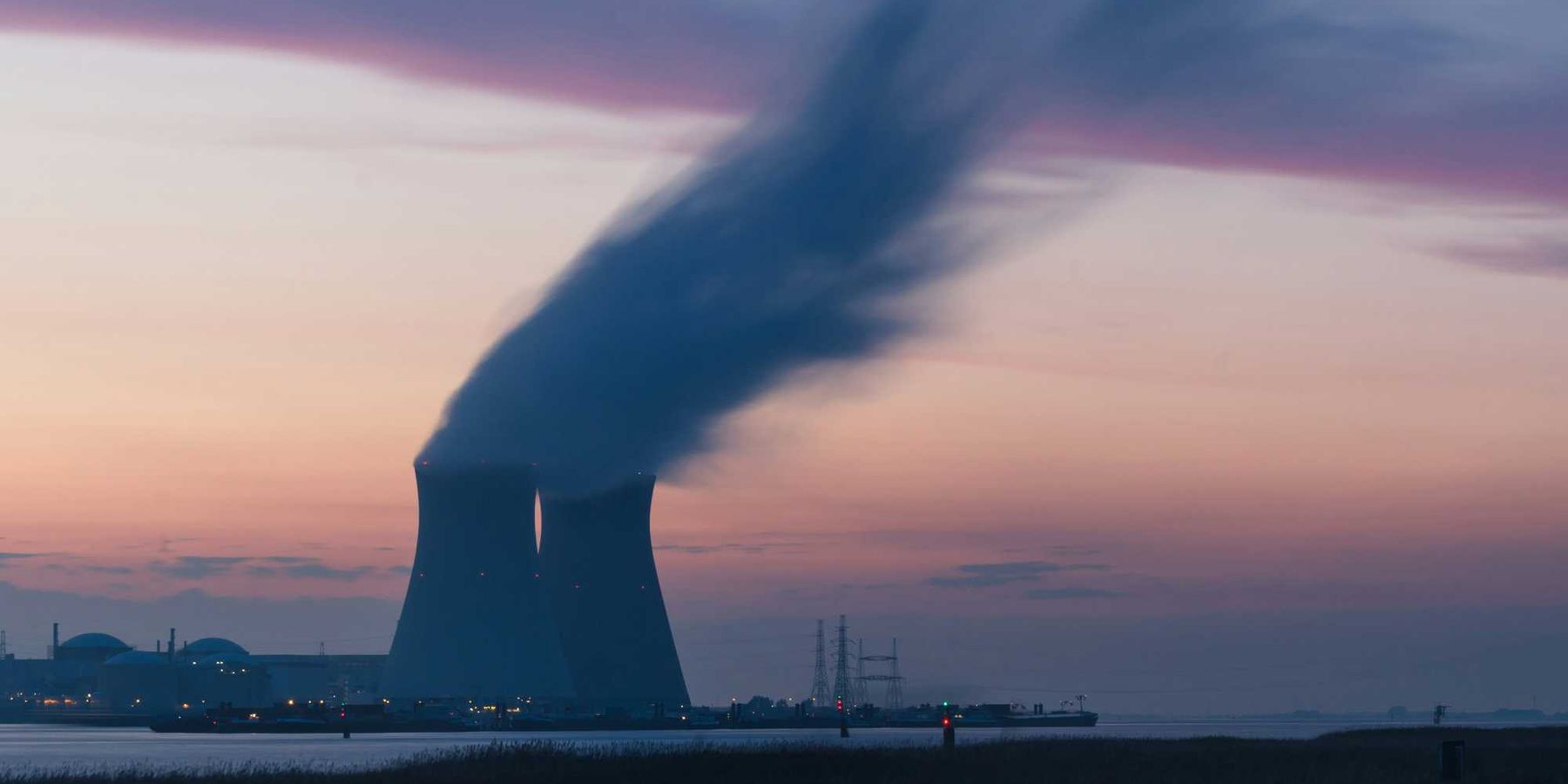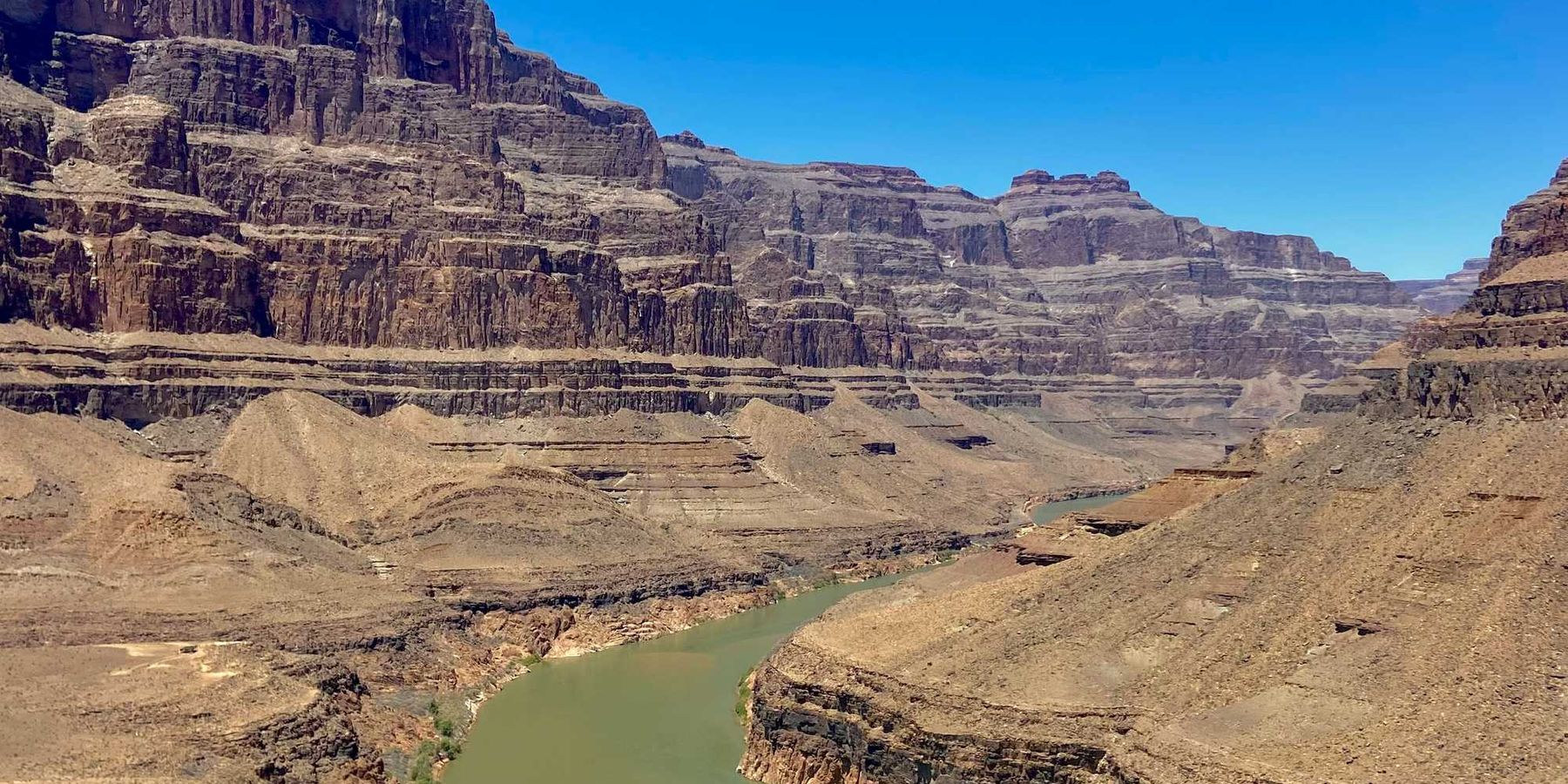20 February 2024
Investing in nature's intrinsic value
Imagine a market where nature's preservation, not destruction, is profitable.
Lydia DePillis reports for The New York Times.
In short:
- "Natural asset companies" propose valuing ecosystems for their preservation, potentially transforming them into profitable investments.
- The concept, though facing opposition, aims to integrate nature's value into the market, beyond traditional philanthropy and government efforts.
- This innovative approach has garnered interest from environmentalists, investors, and philanthropists, despite regulatory and ideological challenges.
Key quote:
"All of these things, if you think about it, are social agreements to a degree. And the beauty of a financial system is between a willing buyer and seller, the underlying becomes true."
— Douglas Eger, founder of Intrinsic Exchange Group
Why this matters:
This idea represents a novel approach that could significantly impact health outcomes by fostering ecosystems that clean air and water, crucial for public health. This concept, blending environmentalism with market mechanisms, could redefine conservation strategies on a global scale.













